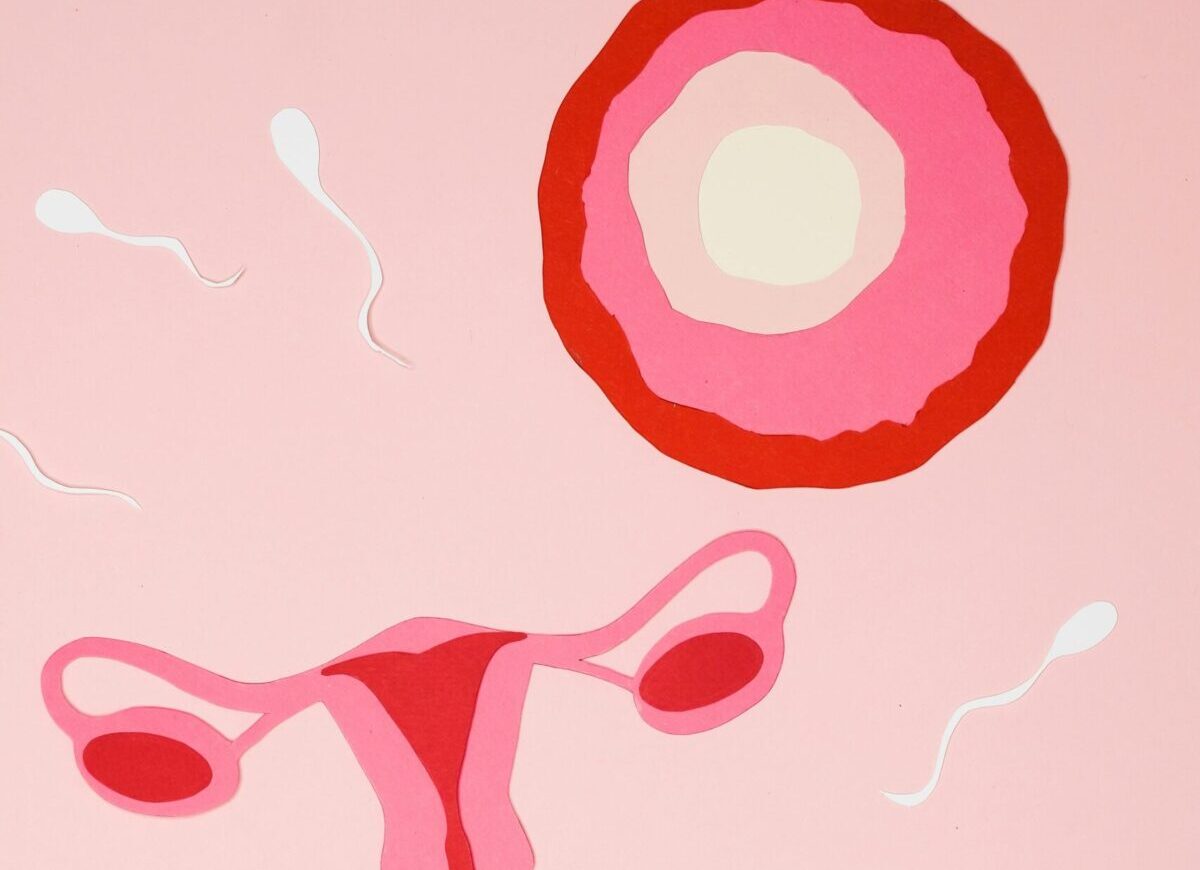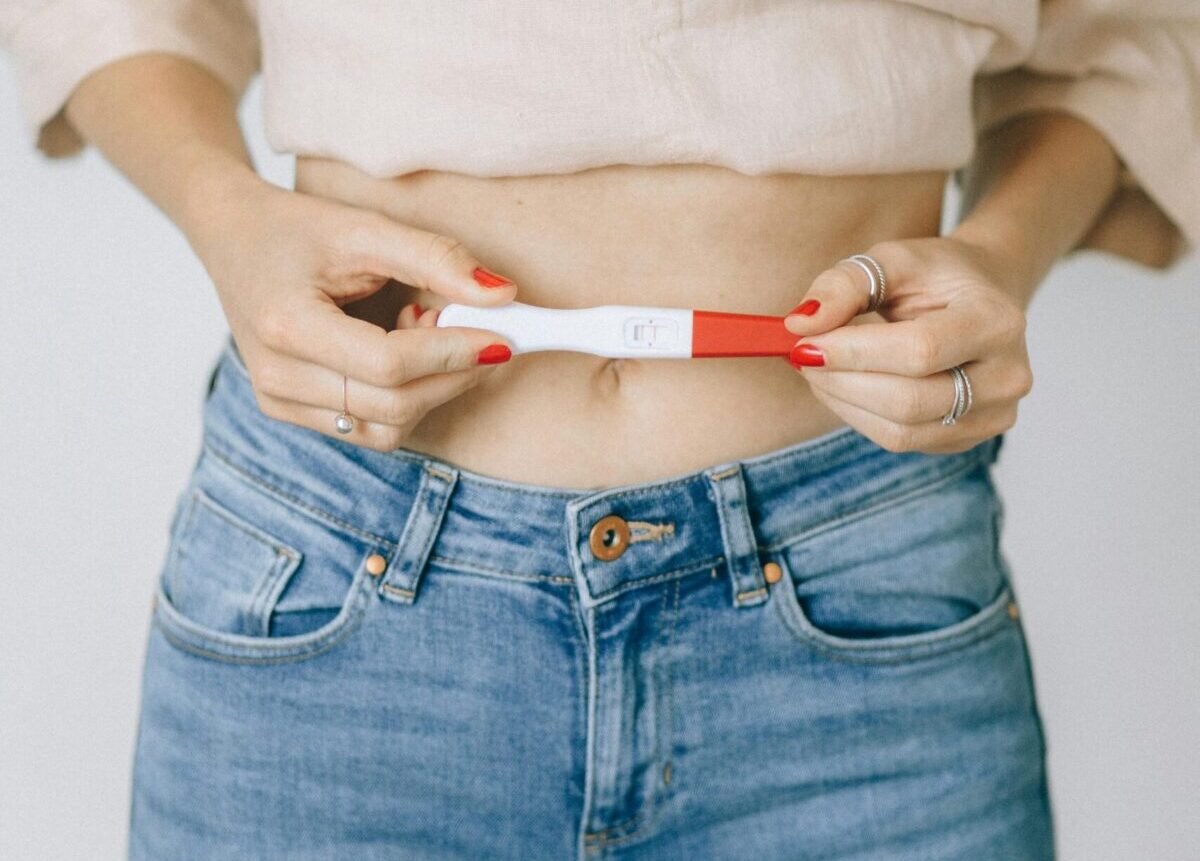
Eggs are sex cells of the woman who is part of his life to be able to reproduce. He is a female gamete, whose purpose is to be fertilized by a sperm and thus be able to achieve a pregnancy. An egg is formed inside a woman through a reproductive cycle, and there is much more information that we do not know about this great phenomenon. Therefore, we will address 15 curiosities about eggs that will surprise you.
It is surprising to know first hand How a woman's body evolves within her menstrual cycle. Ovulation is a process where the ovary expels an egg at a specific time, especially in the middle of the cycle. At this moment, only They need a few hours so it can be fertilized and pregnancy occurs. However, the eggs are always in the woman, and even if the woman does not want to get pregnant, she will always have a cycle and certain curiosities that address it.
15 curiosities about eggs that will surprise you
There are many extraordinary actions that make up the life of an egg. This female gamete is reproduced by a woman throughout her life, in order to be able to be fertilized. As a first curious fact, a fertile couple can get pregnant within five months average. Next, we analyze other peculiarities and striking news about this cell.
1- What measurements does a mature egg have? There is a surprising curiosity, given that an egg is the largest cell that exists inside a woman's body. Its measurements can be between 0,14 mm and becomes visible to the human eye.
2- ¿What is oogenesis? It is the formation of eggs, female gametes or oocytes in the ovaries. The peculiarity it has is that this training begins long before a woman is born. Something that does not happen in men, since spermatogenesis begins at puberty in men.
3- Egg release time. When said gamete is already prepared for expulsion, it has 15 minutes per month or in each cycle to be expelled. Furthermore, only It has a lifespan of 4 to 12 hours so that it can be fertilized, then it will be destroyed. In some cases, there are women who can produce more than one egg in 24 hours, so their fertility could last up to 48 hours. Another curious fact is that the sperm can live up to 5 days inside a woman's body.

4- The egg is a female gamete. As we have commented in previous lines, the egg is also called the female gamete, which carries a large amount of genetic material. This gamete, when fertilized with a sperm, forms a zygote
5- When does ovulation occur? Ovulation occurs between 13 to 15 days before the first day of the next period. It is an approximate figure, given that there are women who have an irregular menstrual cycle that is different from other women.
6- What does anovulation mean? This is when the anovular cycle occurs. It can occur at any time in a woman and in any cycle. In this case, heThe ovaries cannot expel said oocyte or ovum, for whatever circumstances. Therefore, ovulation has not occurred.
7- What is the monthly probability of pregnancy? Probability It's only one, but there is a percentage of this happening. A couple who has sexual relations regularly has a 20% chance of this happening, but each couple is different and this probability may be 100% right. How long can you wait for pregnancy to occur? There are couples that take time an average of five months in getting it.

8- What can we know about oophorectomy. It is a surgical process that consists of the removal of one or two ovaries, hence its name, Uni or bilateral oophorectomy. This operation is performed in the abdomen through laparoscopic surgery, in other cases, by conventional surgery. When the woman can be operated on to remove both eggs, she is left without ovulation and enters menopause.
9- Menopause is exclusive to women, It does not occur in any other animal or mammal. This menopause occurs when the woman no longer ovulates and she does so after a certain age, between 45 and 55 years. On other occasions, this moment can occur, as is the case with oophorectomy.
10- Size of the ovaries. The ovaries are the organ that produces eggs. They are large in size and similar to an almond, between 3 centimeters and weighing six to seven bucks. Do you want another curious fact? The ovary is the only organ in the body that can afford to change its shape and function every day of the month.
11- How many eggs does a woman have? A woman is already beginning to have eggs from the beginning of life, even when he is in his mother's womb. However, he cannot have offspring so soon and use them, because has not started their reproductive age. She may start with a million eggs, but she loses them throughout her life. When reaches adolescence, he may have around 300.000 left, but during its reproductive stage it has approximately 400 eggs.
12- How many menstruations does a woman have throughout her life? The woman has between 400 and 450 menstruations throughout his life. These are almost precise data, since each month can be a menstruation cyclel different or the number of pregnancies a woman has had.

13- The first recording of a ovulation. The moment of ovulation has been recorded for the first time during a vaginal laparoscopy, by the Fertility Institute in Belgium by Stephan Gordt and Ivo Brosens. The first photographs were taken in 2008 by the Belgian doctor Jacques Donnez.
14- Where does the name egg come from? A woman's eggs were discovered by the biologist Karl Erns Von Baer in 1827. The name ovum was given to her from the Latin word ovŭlum, diminutive of ovum (“egg”).
15- Phases of the menstrual cycle. The menstrual cycle lasts between 24 and 38 days, where it contains the following phases: follicular or preovulatory phase (before the release of the egg). The follicle phaser, which lasts between 10 to 14 days, where the body produces a hormone called estrogen, so that the uterine area thickens and prepares for ovulation. Ovulatory phase, which lasts 24 hours, where the mature egg is released by the ovary into the uterus. secretory phase, between 9 and 16 days, where the egg travels through the Fallopian tubes and waits for it to be fertilized by a sperm.